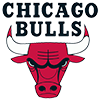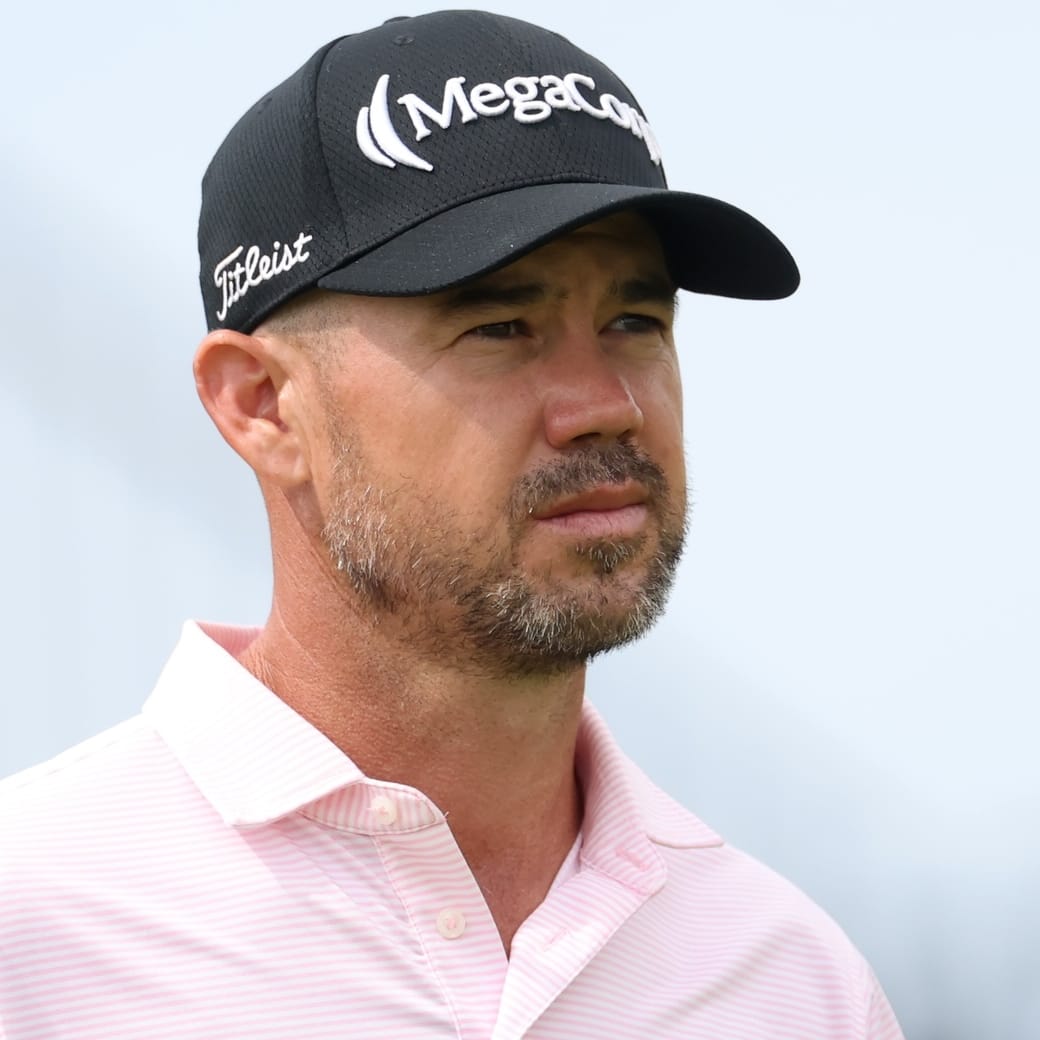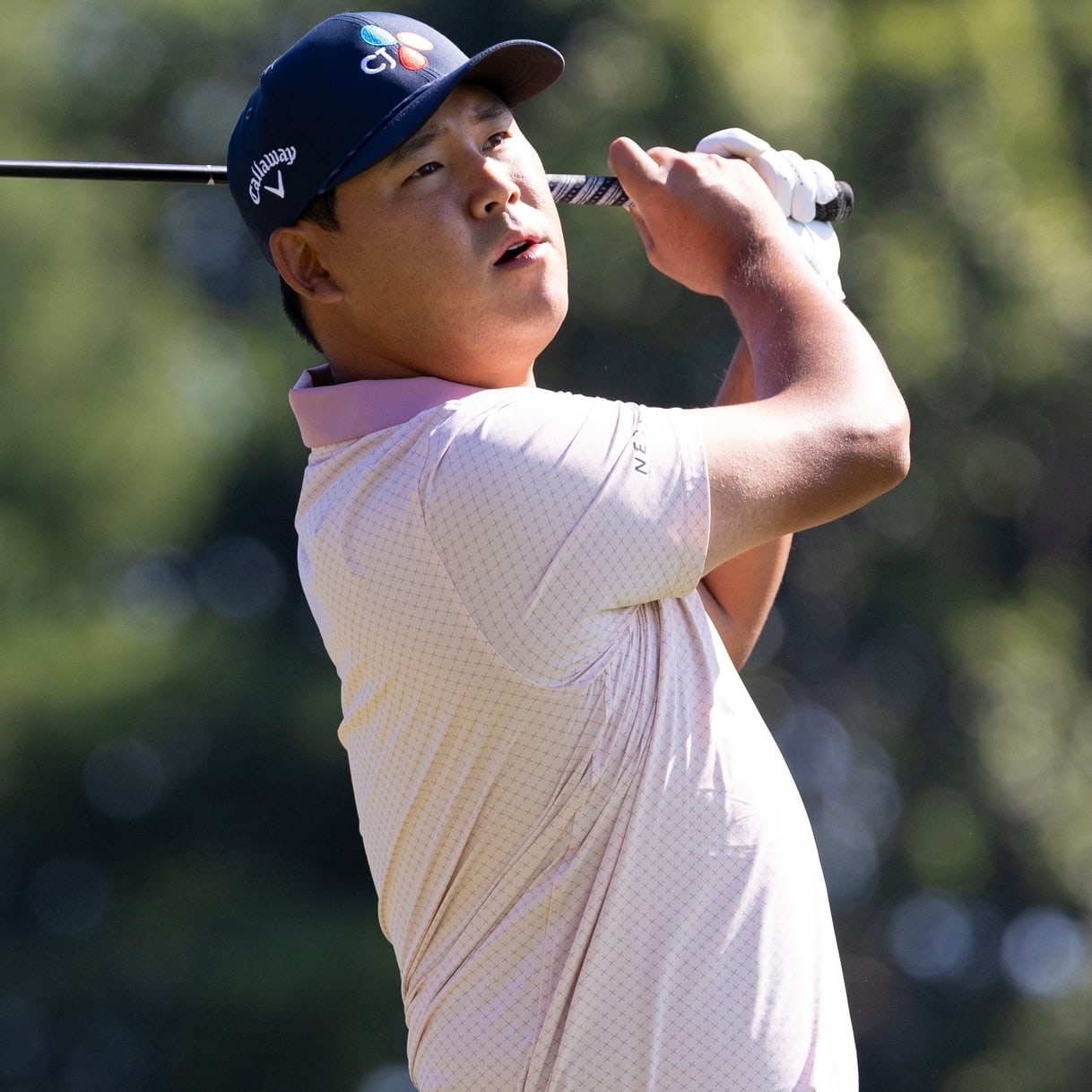DRIVING
% of 56: Percent of 56 fairways hit in 72 holes.
66 percent accuracy is sufficient to win. Winners range from 45 percent to 88 percent.
DIS: Average driving distance in yards, calculated at those holes selected by the PGA Tour over 72 holes. Winners drive the ball an average of seven yards farther than those in 70th place.
GREENS IN REGULATION (Two strokes less than par)
% of 72:Average GIR per 72 greens.
Winners average 2.5 hit greens more per round than the last-place player.
PUTTS
Per GIR: Average of actual results of 72 holes after hitting GIR.
Per RND: Average putts-per-round per 72 holes.
To win, with very few exceptions, golfers need to putt better than 1.700 for the tournament. The top-ranked putter on tour averages more than 1.700 for the year, but the important thing is to break the 1.700 putting barrier for the week, not the year. Low putts-per-round stats sometimes are covering a player who misses greens but chips it close and one-putts. Similarly, two-shot trouble in the fairway then is covered by a strong long-distance shot that guarantees a one-put.
| EVENT | PLAYER | DRIVING | GIR | PUTTS |
| %of56 | RNK | DIS | RNK | %of72 | RNK | Per GIR | RNK | Per Rnd | RNK | ||||
| Tourney of Champ. | Byrd | 80 | 11 | 273.4 | 21 | 86.1 | 10 | 1.69 | 8 | 29 | 3 | ||
| Sony Open | M.Wilson | 73 |
DRIVING
% of 56: Percent of 56 fairways hit in 72 holes.
66 percent accuracy is sufficient to win. Winners range from 45 percent to 88 percent.
DIS: Average driving distance in yards, calculated at those holes selected by the PGA Tour over 72 holes. Winners drive the ball an average of seven yards farther than those in 70th place.
GREENS IN REGULATION (Two strokes less than par)
% of 72:Average GIR per 72 greens.
Winners average 2.5 hit greens more per round than the last-place player.
PUTTS
Per GIR: Average of actual results of 72 holes after hitting GIR.
Per RND: Average putts-per-round per 72 holes.
To win, with very few exceptions, golfers need to putt better than 1.700 for the tournament. The top-ranked putter on tour averages more than 1.700 for the year, but the important thing is to break the 1.700 putting barrier for the week, not the year. Low putts-per-round stats sometimes are covering a player who misses greens but chips it close and one-putts. Similarly, two-shot trouble in the fairway then is covered by a strong long-distance shot that guarantees a one-put.
| EVENT | PLAYER | DRIVING | GIR | PUTTS |
| %of56 | RNK | DIS | RNK | %of72 | RNK | Per GIR | RNK | Per Rnd | RNK | ||||
| Tourney of Champ. | Byrd | 80 | 11 | 273.4 | 21 | 86.1 | 10 | 1.69 | 8 | 29 | 3 | ||
| Sony Open | M.Wilson | 73 | 2 | 289.3 | 24 | 75.1 | 10 | 1.67 | 5 | 27.5 | 6 | ||
| Bob Hope Classic | Vegas | 75 | 13 | 308.7 | 3 | 76.7 | 19 | 1.65 | 22 | 27.4 | 16 | ||
| Farmers Insur.Open | B.Watson | 50 | 28 | 316.6 | 1 | 81.9 | 1 | 1.73 | 26 | 29 | 32 | ||
| Phoenix Open | M.Wilson | 66 | 16 | 290.3 | 68 | 84.7 | 1 | 1.66 | 11 | 28.8 | 39 | ||
| Pebble Bch,Pro-Am | Points | 80 | 7 | 285.6 | 40 | 69.4 | 17 | 1.6 | 1 | 27 | 2 | ||
| Northern Trust | Baddeley | 50 | 57 | 276.5 | 42 | 72.2 | 3 | 1.83 | 54 | 28.5 | 35 | ||
| MayakobaGolfClass. | Wagner | 67.9 | 36 | 277.9 | 54 | 79.2 | 4 | 1.68 | 7 | 28 | 8 |
CONCLUSIONS
1. It appears that no matter the driving distance or driving accuracy, winners hit the greens. Both of Aaron Baddeley's mediocre distance and accuracy results were followed by results of ranking third in the field for GIR. This is seen more often that not. However, it still is easier to hit a green from short grass than from four-inch rough. Distance and accuracy are minor contributors to winning.
2. D.A. Points' putting stats are textbook examples of putting winning a tournament. Baddeley got the job done with stats that dramatically differ from the usual.
3. Jhonatton Vegas hit the water in his playoff round but recovered the win with a one-putt par. However, averaging 27.4 putts per round over five rounds is in winners' territory.
4. Strength of fields and difficulty of courses will contribute to the dispersion of ranking numbers. Compare the PGA Tour.com cumulative statistics with the event winners' success from time to time.




































